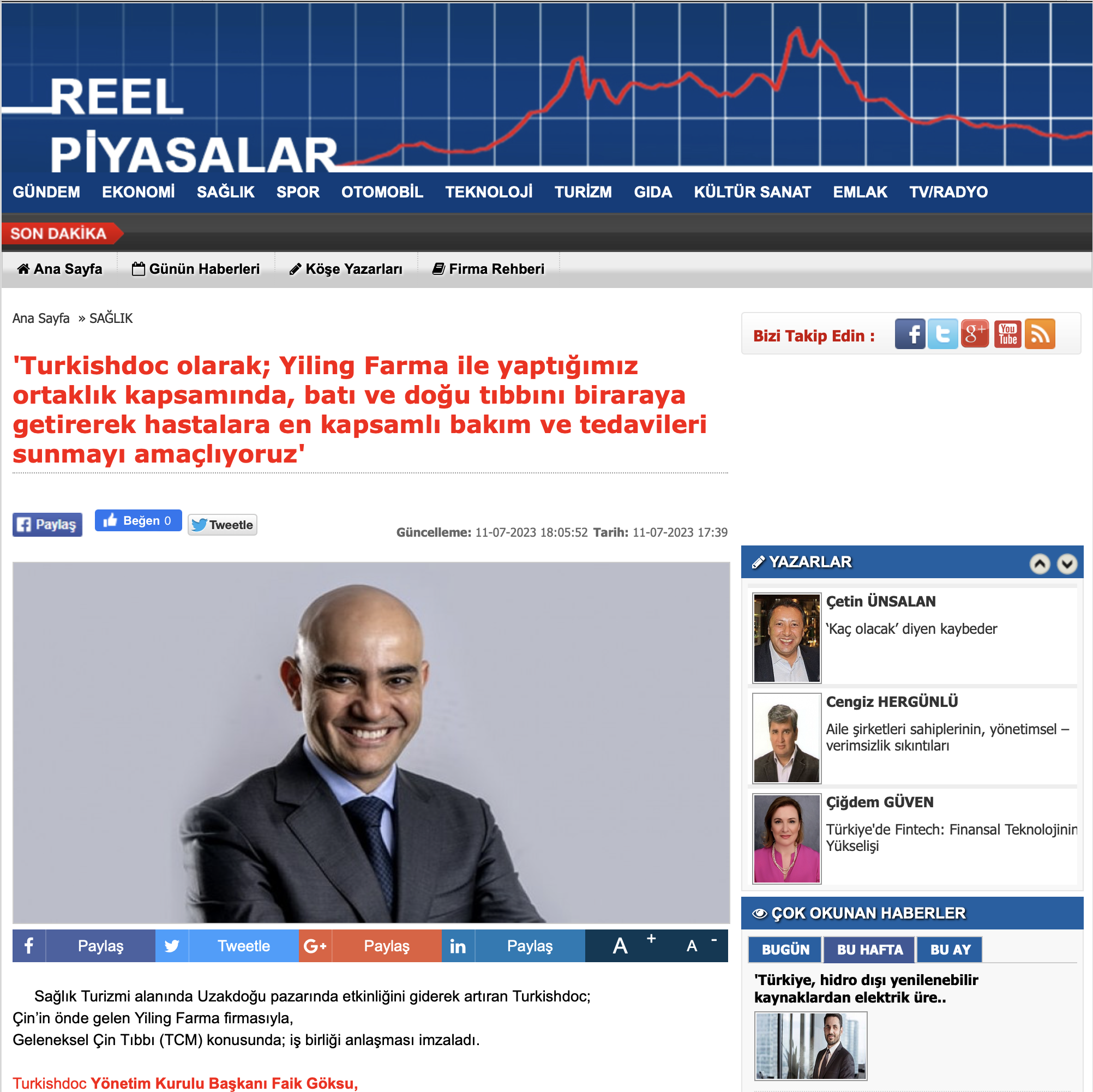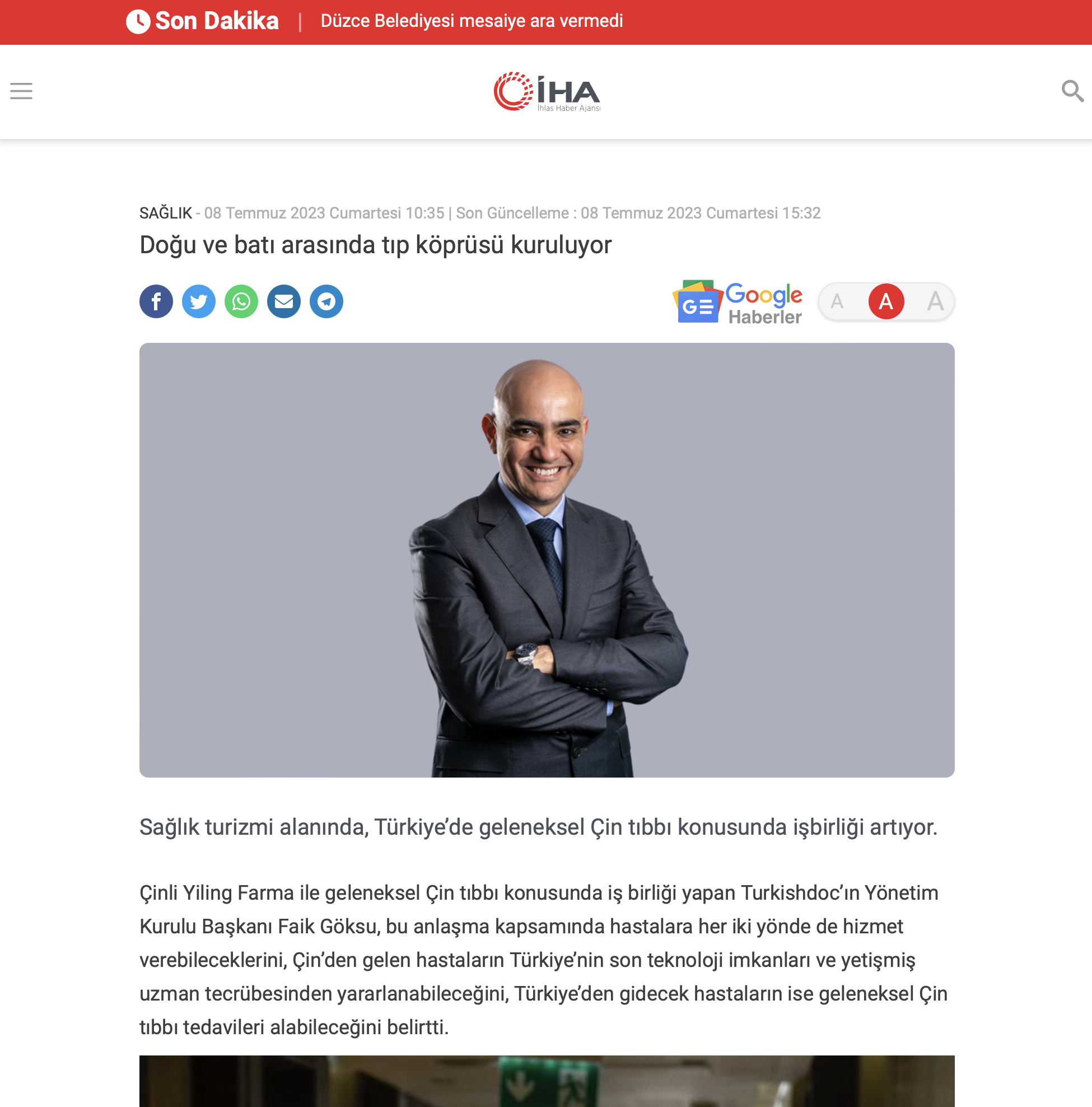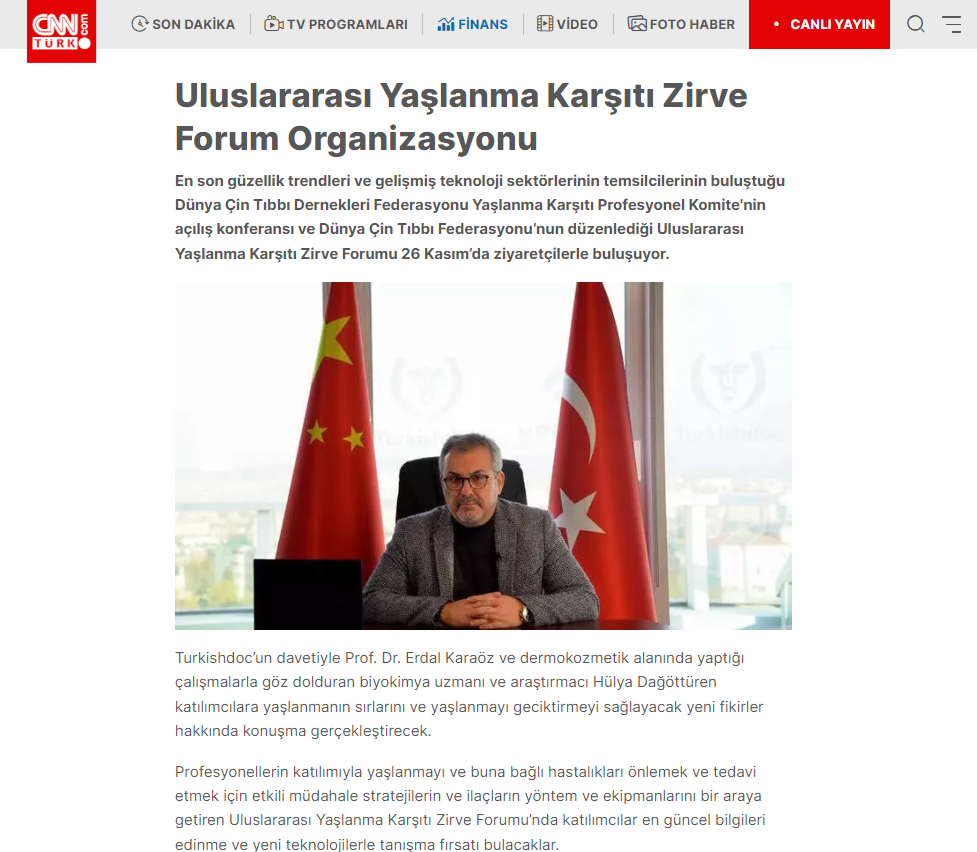Turkishdoc
What Is Pediatric Cervical Spine Surgery And Who Is It Suitable For?
Pediatric cervical spine surgery is a treatment for children with injuries or abnormalities in the cervical spine. The neck part of the spine is known as the cervical spine. Cervical spine deformities and abnormalities can occur for many reasons and are most common in children with Down syndrome, Klippel-Feil syndrome, or bone disorders. This condition can be present at birth, but can also be caused by physical and environmental conditions. Examples are a car or motorcycle accident or a fall. These deformities are risky, as they can cause the child’s bony structures to press against the skull or the upper part of the spinal cord. This can even lead to abnormal brain development. Pediatric cervical spine surgery helps to restore nerve function by reducing deformities and pressure. It is therefore surgeries of the spine for children.
Why Is Pediatric Cervical Spine Surgery Performed?
Cervical vertebral injury or abnormality in children is the reason for seeking pediatric cervical spine surgery. This condition, which can be indicated for various vertebral neck problems, is also treated appropriately for children. This surgical treatment aims to repair abnormalities and trauma to the spinal cord. For this purpose, implants with rods and screws are used. The reasons for pediatric cervical spine surgery are as follows:
- To correct a distorted cervical spine,
- To prevent chronic pain,
- Removing deformities and abnormalities of the cervical spine,
- Correcting the imbalance between the bones.
How To Prepare For Surgery?
Before pediatric cervical spine surgery, it is determined whether the child is suitable for this surgical procedure. If so, some instructions will be given by the doctor. The medications and supplements used by the child must be reported to the doctor by the family. Before the surgery, tests are determined and performed. Likely the doctor will temporarily restrict the child from eating and drinking the night before the operation.
Pediatric Cervical Spine Surgery Process
There are several processes involved in pediatric cervical spine surgery. Before, during, and after surgery are the most important processes in this procedure. Detailed information about the processes of pediatric cervical spine surgery is given below:
- Before Surgery
Before the surgery, the child is prepared for the surgery with the consent of the parents. The anesthesia used for this surgical procedure is general anesthesia. First, sedatives are given, and then general anesthesia is administered. In case the child’s spine is unstable, a stabilizing device is placed. After all these procedures, the surgery begins.
- During Surgery
The surgeon starts the incision, and he or she takes into account the bone damage and abnormalities in the spine. He or she usually reaches the damaged area through an incision in the back of the neck. Sometimes he or she may make an incision at the tip of the spinal bone. During surgery, the damaged bones that are pressing on the brain stem and spinal cord are removed. If the spine is unstable, some equipment is used to stabilize it. These are wires, screws, and plates. A bone graft is used to stabilize the bone by inserting these devices. This operation may take one or several hours.
- After Surgery
After the operation, the child is taken to the recovery area. Here he or she is expected to wake up from anesthesia. On the first day after surgery, the child is kept under observation. The child can be discharged in 1-2 days, but this may take longer depending on the complications seen. Following surgery, there is a period of recovery. After discharge from the hospital, a cervical collar can be used during home treatment. It is important to wear it at the intervals specified by the doctor and not remove it unless instructed otherwise.
The child who has had cervical spine surgery should walk with the help of a parent to avoid injury and complications. He/she should not move too much unless necessary. The doctor will give you the necessary medication for this. In addition, a splint or halo may be worn to accelerate the healing of the neck. There are usually 1-2 weeks of recovery. However, not all physical movements can be performed in the first few weeks. Six weeks may be enough to participate in low-paced vigorous activities such as exercise. However, full recovery takes 3–6 months. During this period the child can fulfill all activities.
Risks Of Pediatric Cervical Spine Surgery
Pediatric cervical spine surgery for children is a delicate surgical procedure. Therefore, there are some risk factors. This is because children’s bones are delicate and fragile. Therefore, the risks of pediatric cervical spine surgery include spinal injuries, stiffness, bleeding, infection, and deformities. It is a process that requires great care and expertise, as a surgical intervention will take place close to the spinal cord, which is the most important part of the central nervous system. The child’s regular medications, general health, and the presence or absence of chronic diseases also affect this pediatric cervical spine surgery.
Results Of Pediatric Cervical Spine Surgery
According to the results of the study, the average age of children with cervical spine injuries is +11 years. This condition is quite rare, occurring in only 1.5 percent of children. Upper cervical spine injuries can occur in children of all ages. The mortality rate for upper cervical spine injuries has been reported to be approximately six times higher. Some children with this condition do not have radiologic abnormalities, while others do. Pain is likely to be felt for a few days after the operation. Children are given special painkillers by the doctor. During the recovery period, the child should be monitored for complications that occur after surgery. In case of pain or abnormalities in the operated area, a doctor should be consulted. In general, the pain radiating to the shoulder, neck, and arm decreases in children who undergo this surgery. They can even participate in activities that were previously difficult after this surgery. As a result, this child-specific treatment method is generally successful.











